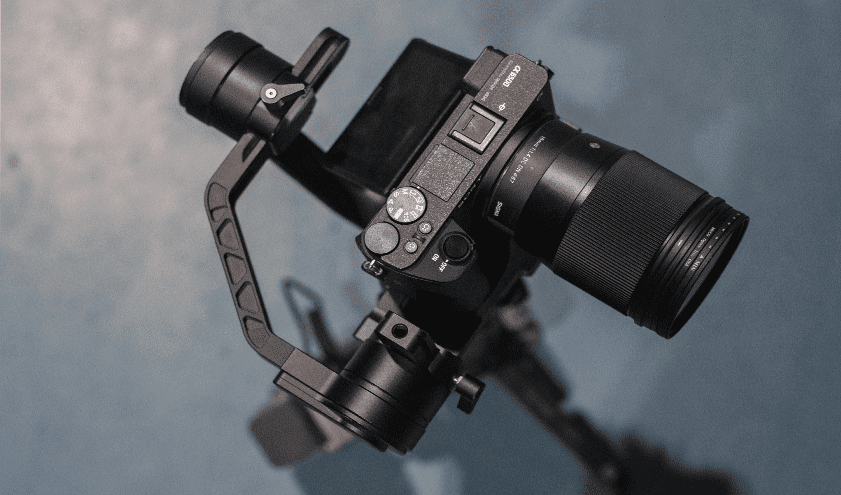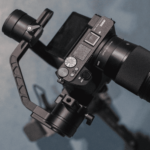A spinning camera is a rapid handheld turning round or whirling motion with the camera by holding in one hand, pulling the trigger with the other hand, and concurrently releasing it. The spinning camera covers almost 360 degrees and contains detail around the object or the holder.
Spinning can come in the form of the 3-axis, which are:
- Pan: This is a short form of “panorama.” This is a slow movement of the camera from one side to another. It is usually from left to right or right to left. This is to ensure you cover the object and what surrounds it. This is also part of camera spinning.
- Roll: rolling the camera while spinning is necessary to ensure you take the coverage and shot of the entire environment.
- Tilt: tilting in spinning means a slow but steady movement of the camera from the bottom to top or usually from up to down and vice versa, and tilting the camera while spinning enables you to have a complete shot of the top-bottom and bottom-top of the targeted object.
Why is Axis Coverage Necessary in Camera Spinning?
The primary aim of the spinning camera is to cover the 360 degrees of an object and its environment in a few seconds/minutes. Therefore, it is necessary to apply the 3-axis method to ensure you meet the photograph demands.
Types of Spinning Techniques
-
Standard Spin
This requires stretching of arms and holding the camera steadily and firmly in one hand. Slowly pull the trigger with the second hand, releasing the trigger and allowing the camera to perform a 360-degree spin. This will include the capture object and you.
-
Overhead Spin
This requires holding the camera above your head and pulling the trigger. You will not be included in this shot, but it will capture a complete panorama of the environment.
-
Backflip
You will hold the camera to your front and slightly turn it 90 degrees. Instead of capturing the horizontal landscape, you will capture the vertical view of the environment.
-
Footloose
This requires turning the camera upside down, pulling the trigger, and releasing it while holding the camera very close to the ground.
-
Rollercoaster
Here you don’t hold the camera horizontally. Rather you hold it aslant. Rotate the camera in one full circle and have shots in wavelike views. This will transform the environment from a flat surface to a roller coaster form.
-
Group Hug
This requires a small circle arrangement of friends or family. Hold the spinner in 360 degrees, and it should be in the middle, ensure it is on a horizontal level and spin it. This will cover the friends, not excluding you.
There are numerous techniques for taking shots with a spinning camera. Camera spin is not only for taking fun pictures but also a tool for investigation and interaction. There are numerous devices required for spinning, but all depend on the volume of the coverage. However, getting the best gimbal for DSLR is necessary to ensure you have a productive spinning and view every moment captured with a smile of joy.



![Best Gimbal For DSLR – Features & Factors to Consider in 2021[Top 8]](https://gimbalhub.com/wp-content/uploads/2021/10/Best-Gimbal-For-DSLR-–-Buying-Guide-150x150.png)